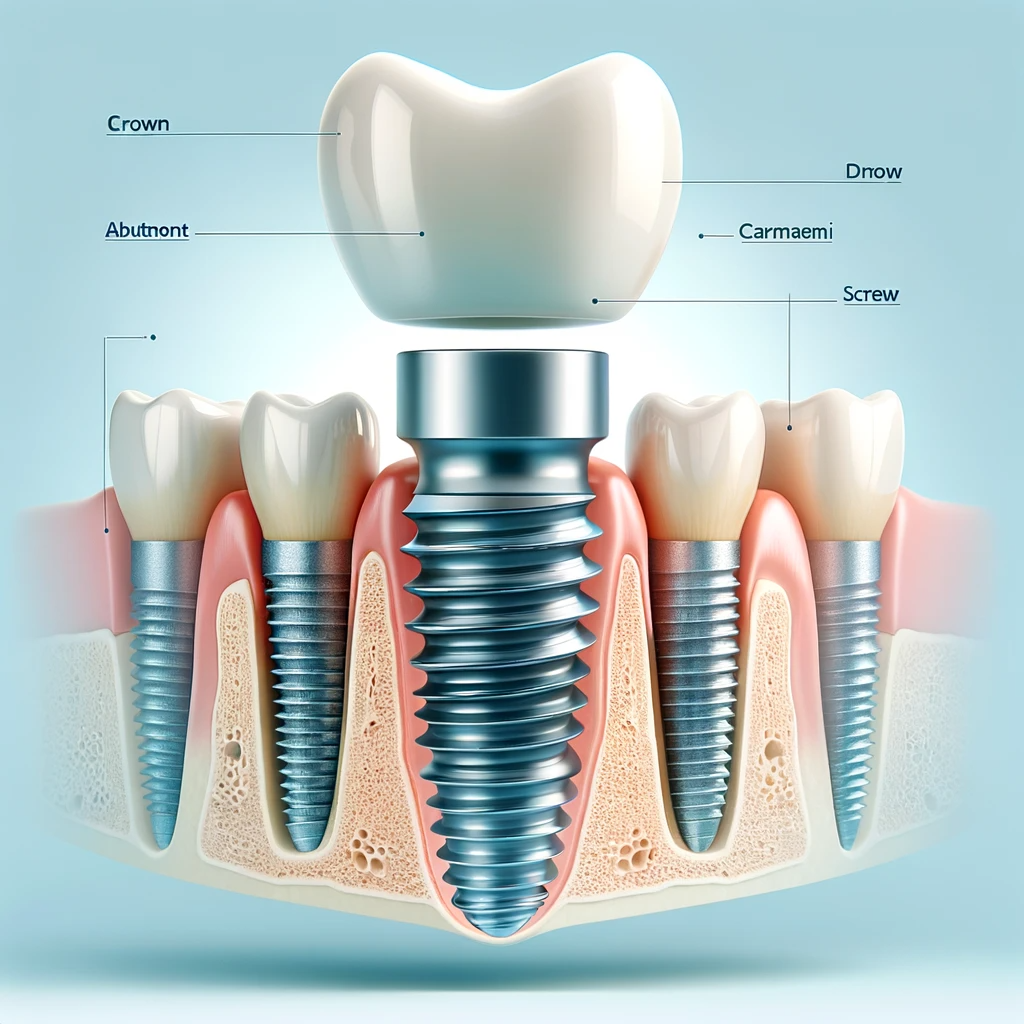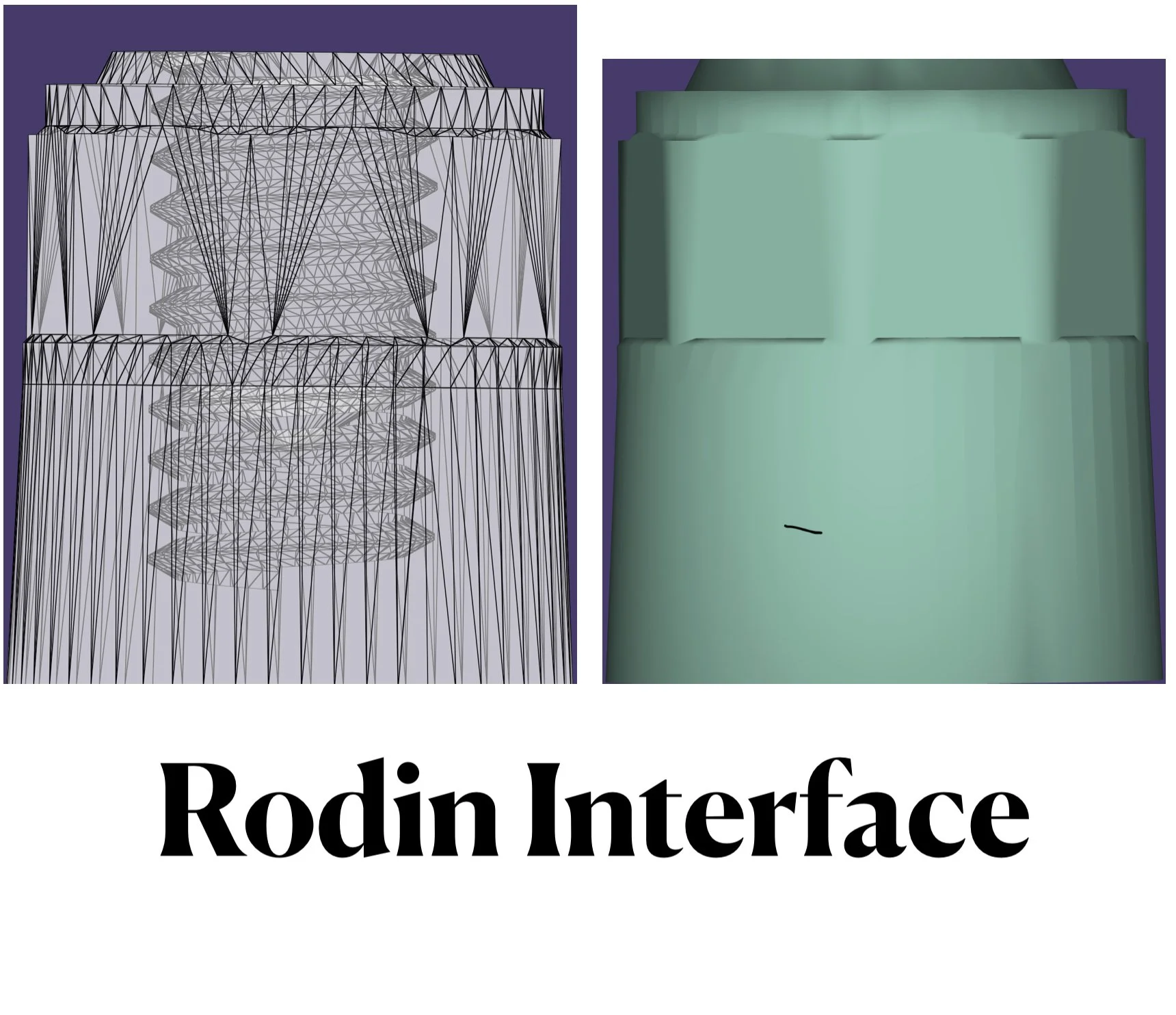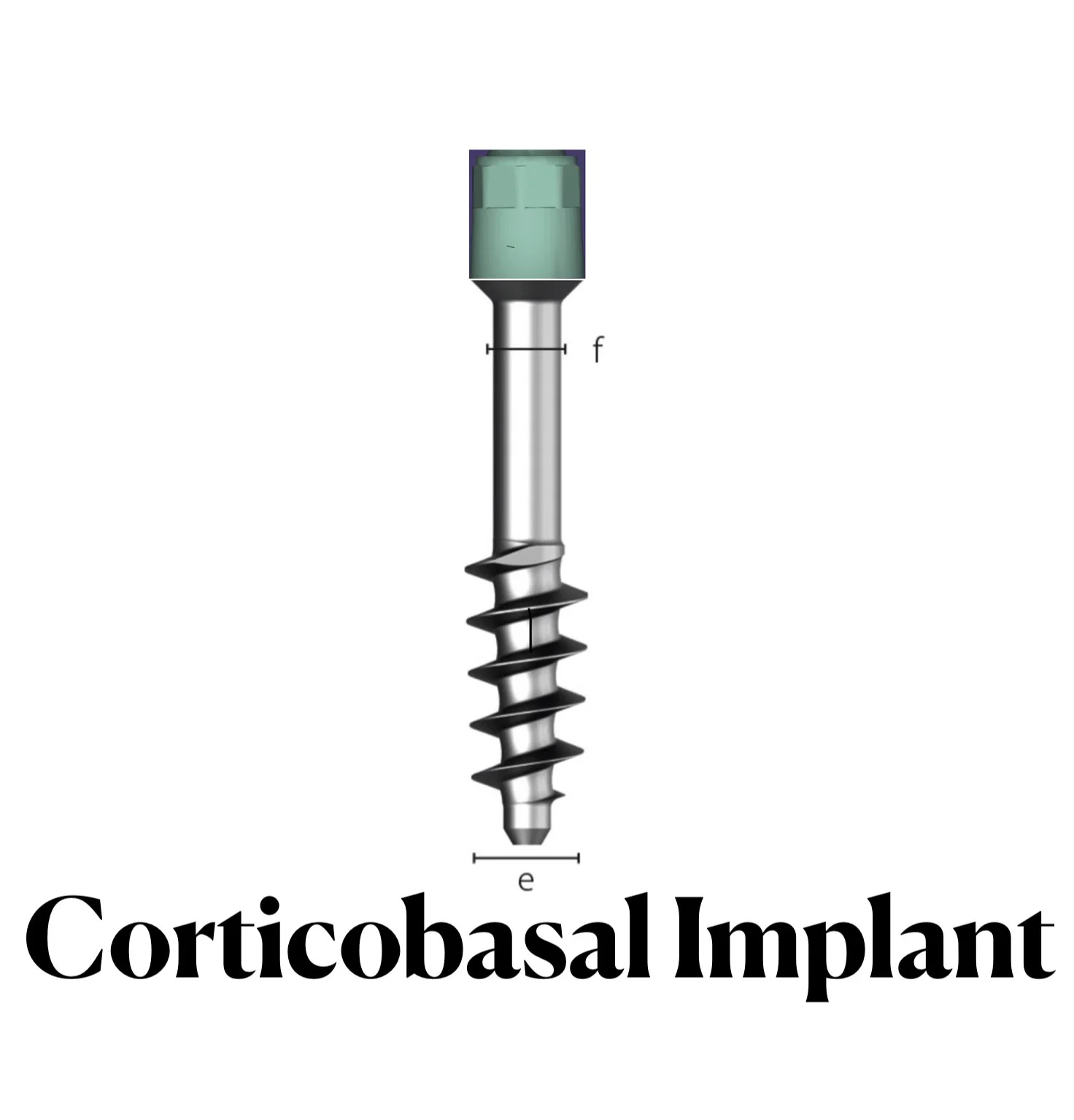In today's rapidly evolving field of dentistry, the integration of digital technology has revolutionized the way dental implants are designed, placed, and restored. Among the forefront of this digital revolution are Rodin implants, which offer a seamless and comprehensive digital workflow that encompasses every stage of the implantation process. Unlike traditional methods that require multiple interfaces and manual adjustments, Rodin implants provide a singular interface that simplifies and streamlines the entire procedure. This innovation brings a multitude of advantages to dental professionals and patients alike, making it the preferred choice for modern implant dentistry.
Dental Implant Revolution
Precision Planning:
Rodin implants leverage advanced digital software to allow for precise treatment planning. Dentists can create detailed 3D models of the patient's oral anatomy, enabling them to accurately determine the optimal implant location and angle. This level of precision ensures the implant placement is ideal for long-term success.
Customization:
The digital aspect of Rodin implants allows for customization on a patient-specific level. Dentists can design implants that match the patient's unique anatomy, ensuring a perfect fit and natural appearance. This level of customization enhances patient satisfaction and comfort.
Reduced Invasiveness:
Thanks to the precise planning and integration with digital imaging, Rodin Corticobasal and KOS implants can often be placed using minimally invasive techniques. This reduces patient discomfort, speeds up recovery times, and minimizes the risk of complications.
Time Efficiency:
The digital workflow of Rodin implants combined with 3D printing Resin Ceramics can significantly reduce the time required for the entire implantation process. From treatment planning to final restoration, the streamlined workflow saves both the dentist and the patient valuable time.
Predictable Outcomes:
With Rodin implants' digital aspects, dentists can more accurately predict the final outcome of the implantation. This predictability leads to higher success rates and reduces the likelihood of unforeseen complications.











